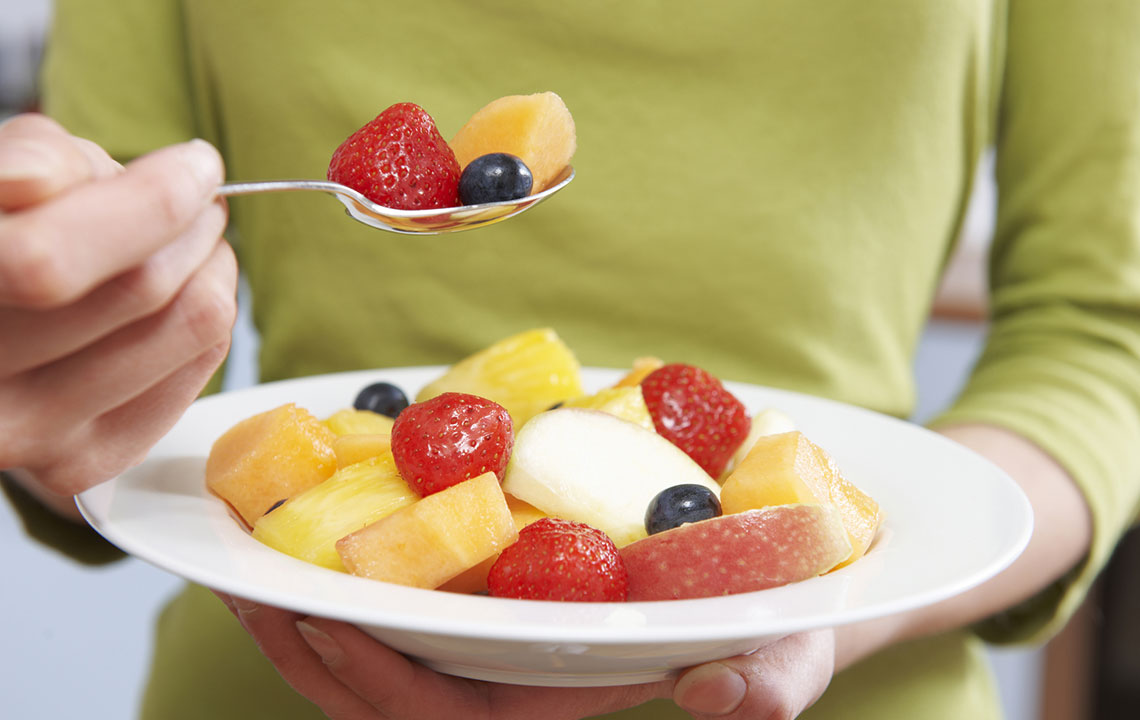Diets to Follow for IBS

Irritable Bowel Syndrome, or IBS, leads to constant changes in bowel movements. While some individuals suffer from constipation, others experience diarrhea. This may be accompanied by abdominal pain and cramps, leading to difficulties in everyday life. Medical intervention is of utmost importance for IBS to help one deal with the symptoms, but some diets can also help manage the symptoms by avoiding foods that trigger the symptoms and adding foods that are good for IBS.
Here’s a list of the best diets that have been suggested by experts to help ease one through the symptoms and avoid foods resulting in being triggers for IBS:
High-fiber diet
One of the most common elements needed to enable better bowel movement is fibers. On average, an adult should consume about 20-35 grams of fiber each day, but reports show that only about 5-14 grams are consumed as part of the daily diet by a majority of people. The best way to prevent constipation is to add in large amounts of vegetables, fruits, and whole grains so that the body gets ample nutrition. If high fiber intake leads to bloating, the type of fibers consumed should be soluble, and one should avoid grains.
Low-fiber diet
As stated earlier, some people experience diarrhea and gas as a major symptom of IBS rather than constipation. In such cases, foods with high fiber should be avoided as part of the diet for IBS. Instead of eliminating fiber from the diet, one can add insoluble fibers through the consumption of foods like berries, carrots, oatmeal, and apples. These end up getting dissolved in water instead of ending up like insoluble fibers that lead to bloating. Some of the food triggers that are insoluble fibers and are not good for IBS are nuts, raisins, cabbage, broccoli, tomatoes, and whole grains. Occasional medication may also be needed to help control diarrhea so that fibers don’t end up affecting the system in a major way.
Gluten-free diet
One of the common proteins found in any form of bread or pasta is gluten. This protein has the potential to damage the intestines of those who are intolerant to gluten products. One of the traits identified in those with IBS is that they could be sensitive or intolerant to gluten, which makes gluten-free food important for patients of IBS to avoid complexities. If one wants to avoid the symptoms of gastrointestinal problems, the best way is to eliminate foods like barley, wheat, and rye, and only opt for gluten-free types of bread and pasta. These types of foods are quite easy to access these days in common supermarkets and stores.
Elimination diet
This is a type of diet for IBS that focuses only on foods that are sure to not cause any discomfort. For this, one would need to adopt a trial and error method to determine which foods are acceptable to the body, and which ones end up causing any form of discomfort or aggravate the symptoms. According to The International Foundation for Functional Gastrointestinal Disorders (IFFGD), four of the most common culprits known to cause trouble for those with IBS are nuts, coffee, insoluble fibers, and chocolate. In addition, one would need to identify and eliminate any other foods that are responsible for triggering a flare-up of the symptoms of IBS. The best way to ensure that one is going about it right is to stick to a schedule of leaving out one food out of their regular diet for 12 weeks, and then study its impact on their body. One would be able to gauge the effect of that food based on the way the IBS symptoms manifest themselves.
Low-fat diet
This is another great way to pick the best foods for managing IBS. One of the main types of foods that are problematic for a variety of health conditions are those with high-fat content. These types of foods have an even higher negative impact on those with IBS as they end up worsening the symptoms. Since high-fat foods hardly contain any fiber, the most common symptom they trigger for the patients of IBS is constipation. They can also lead to a negative impact and might also result in causing both constipation and diarrhea in extremes for those who exhibit IBS with mixed bowel habits (IBS-M). When one starts following a low-fat diet, they are essentially improving their overall health by eating heartily yet ensuring that the food consumed has the lowest possible impact on the symptoms of IBS.



